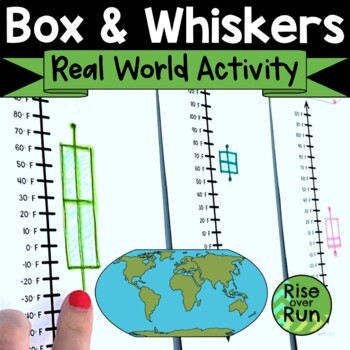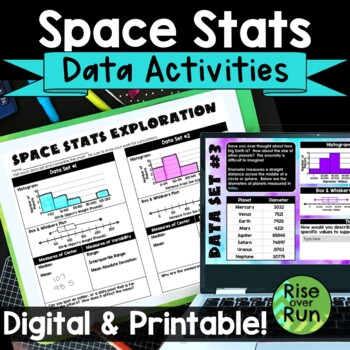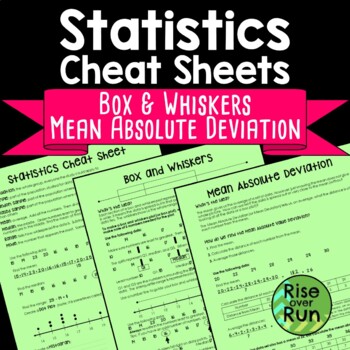Box & Whisker Plots Activities and Lessons
- Zip
What educators are saying
Products in this Bundle (5)
Description
No more boring box plot lessons! These activities are engaging and will help your students see how box plots are really useful with real world data. Grab these 5 resources, print, and be ready to go!
Here are the resources included in this bundle:
In this fun activity, students use data about temperatures in a city to create a vertical box & whiskers plot. Then they compare with classmates' cities and discuss what they notice!
These give an overview of middle school stats topics, including how to create a box & whiskers plot and calculating mean absolute deviation.
This math station activity has students using data about planets and stars to create box plots and histograms. They also calculate measures of center and measures of variability.
5 sets of data provided in box plots and dot plots are ready to go! Use these for discussions, comparisons, or create your own questions for students to answer.
This worksheet has practice for creating dot plots, box plots, and comparing data. Use this for extra practice or an assessment.
These activities will help your students see the relevance of box & whiskers plots. Some of the resources also tie in histograms and dot plots. The activities are most applicable for 6th and 7th grade standards, but could also be used to review for Algebra 1.
Grab this set and be ready for awesome thinking and discussions about statistics!





